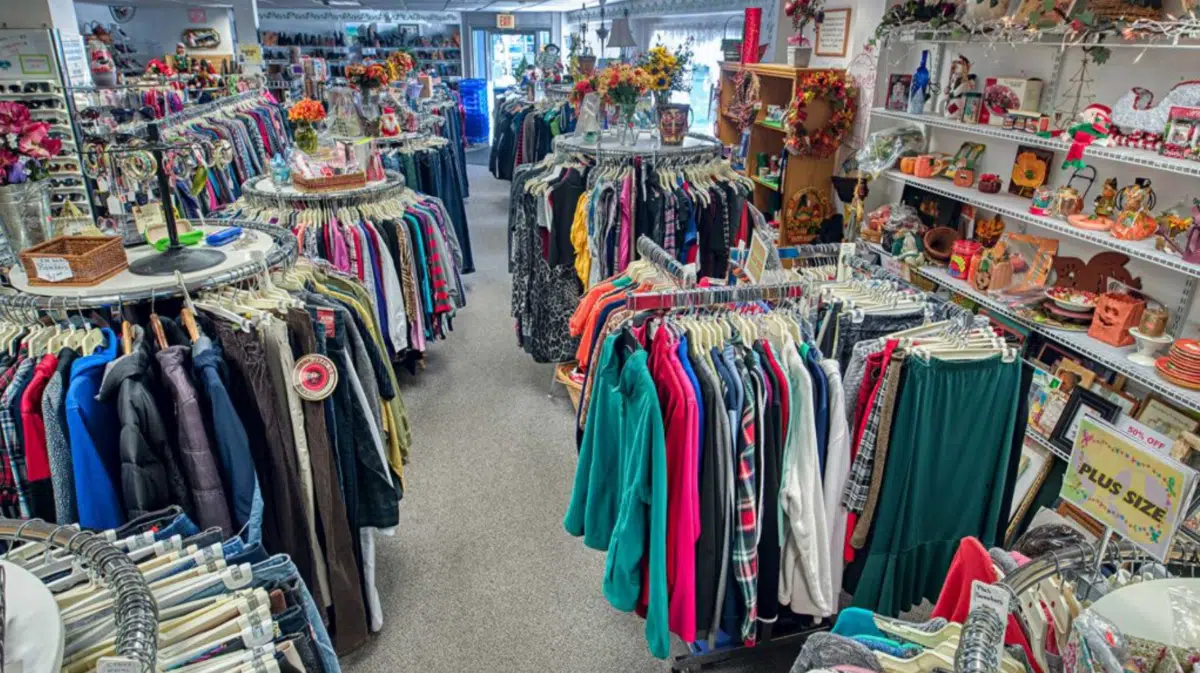Organizing a small thrift store can be a rewarding endeavor, blending the joy of treasure hunting with the satisfaction of providing affordable goods to your community. However, without proper organization, it’s easy for a thrift store to become cluttered and chaotic, driving away potential customers. In this article, we’ll explore practical tips and strategies for efficiently organizing your thrift store, creating an inviting space that encourages exploration and discovery.
Define Your Space
Before diving into organizing your thrift store, take some time to define the layout and purpose of each area. Allocate specific sections for different types of items, such as clothing, accessories, household goods, and electronics. Consider the flow of traffic within the store and ensure that aisles are wide enough to accommodate browsing customers. By clearly defining your space, you’ll make it easier for shoppers to navigate and locate items of interest.
Sort and Prioritize Inventory
Sorting through your inventory is a crucial step in organizing a thrift store. Begin by categorizing items based on type, size, and condition. Donate or discard any items that are damaged or unsellable, freeing up space for new arrivals. Prioritize high-demand items or seasonal goods by placing them in prominent display areas. Regularly rotating and refreshing your inventory will keep your store looking fresh and enticing to customers.
Invest in Storage Solutions
Effective storage is essential for maintaining an organized thrift store. Invest in shelving units, racks, and bins to store and display your merchandise efficiently. Transparent containers can help customers easily identify items, while labeled shelves or bins streamline the shopping experience. Utilize vertical space by installing wall-mounted shelves or pegboards to maximize storage capacity. Keep commonly used supplies such as hangers, price tags, and cleaning supplies easily accessible to staff members.
Create Eye-Catching Displays
Captivate shoppers’ attention by creating eye-catching displays throughout your thrift store. Arrange merchandise in visually appealing vignettes, grouping complementary items together. Use color coordination or thematic displays to showcase curated collections or seasonal trends. Incorporate signage and props to highlight special promotions or featured products. Regularly update your displays to keep customers engaged and encourage repeat visits.
Maintain Cleanliness and Organization
A clean and well-organized thrift store not only enhances the shopping experience but also reflects positively on your brand. Establish a routine cleaning schedule to ensure that floors, shelves, and display areas are kept tidy and free of clutter. Regularly inspect merchandise for damage or signs of wear, promptly removing any unsuitable items from the sales floor. Train staff members to maintain organization standards and empower them to make real-time adjustments as needed.
Implement Efficient Pricing Strategies
Developing a coherent pricing strategy is paramount to the success of your thrift store. Research market prices for similar items to ensure competitive pricing while still maintaining profitability. Consider implementing tiered pricing based on the condition or quality of the merchandise, allowing you to cater to a wide range of budgets. Clearly label prices using tags or stickers, and consider offering discounts or promotions to incentivize sales and move inventory quickly.
Foster a Positive Shopping Experience
Beyond just organizing your merchandise, focus on creating a welcoming and enjoyable shopping experience for your customers. Train your staff to provide friendly and knowledgeable customer service, assisting shoppers with inquiries and offering recommendations when needed. Play background music to enhance the ambiance and make the shopping environment more inviting. Provide amenities such as seating areas, fitting rooms, and restrooms to ensure that customers feel comfortable and valued during their visit.
Engage with Your Community
Building a strong sense of community around your thrift store can greatly contribute to its success. Participate in local events, sponsor charity drives, or host workshops and events to engage with your community members. Utilize social media platforms to showcase new arrivals, share behind-the-scenes glimpses, and interact with customers online. By actively participating in community initiatives and fostering meaningful connections, you can cultivate a loyal customer base and establish your thrift store as a beloved neighborhood institution.
Organizing Your Thrift Store
Organizing a small thrift store requires careful planning and attention to detail, but the rewards are well worth the effort. By defining your space, sorting inventory, investing in storage solutions, creating captivating displays, and maintaining cleanliness, you can create an inviting shopping environment that delights customers and drives sales. Remember that organization is an ongoing process, so stay flexible and open to making adjustments as your store evolves. With dedication and creativity, you can transform your thrift store into a thriving community hub where treasure hunters of all kinds can find hidden gems.





